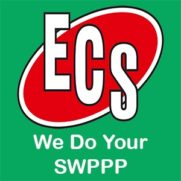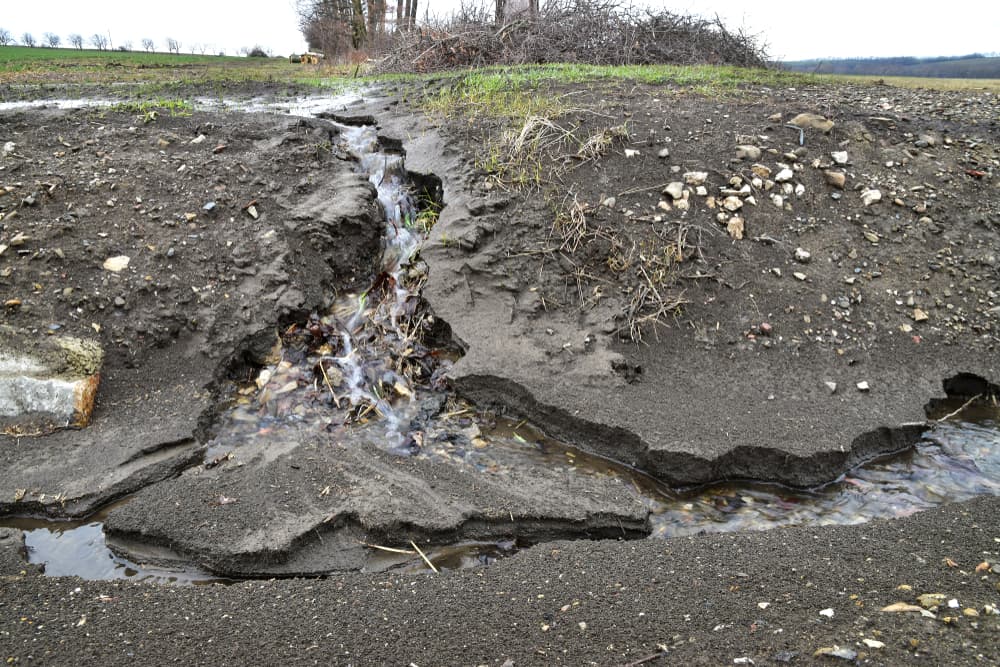Those new to the construction industry — or those new to the Utah area — often ask us, what does stormwater management mean? Or what, specifically, does it entail? At Erosion Control Services, stormwater management is our specialty — it’s what we do. So we’re always happy to explain to customers and others why stormwater management is important.
Water Quality in Utah
We live in beautiful country here in the Intermountain West. We try to keep our land clean, and we also want to keep our water clean, too.
The federal Environmental Protection Agency has laws regarding stormwater management at construction sites, and each state also has its own laws. Developers and construction companies must follow both the EPA’s laws and the laws of the state they are working in.
This includes creating a stormwater pollution prevention plan (SWPPP) when necessary. The team at Erosion Control Services helps builders in Utah and Idaho draw up their SWPPPs and follow them carefully. This prevents our waterways from becoming polluted.
SWPPPs and Stormwater Management
While it is perfectly legal for construction companies to draw up their own SWPPPs, many don’t, or choose not to because of time constraints, and instead rely on Erosion Control Services to do it for them. That’s because a SWPPP can be a complicated document to draw up and follow, and if mistakes are made, the federal or state government can levy fines against the construction company.
Sometimes companies aren’t sure when they need a SWPPP for their project and when they don’t. Very basically, SWPPPs are needed when a certain area of land will be disturbed. When holes are dug or sod is broken, this makes the land vulnerable to erosion during rainstorms and periods of snowmelt.
Many people think of erosion issues as land issues, but for the purposes of SWPPP, erosion control is all about water. When it rains on a construction site, the rain can wash away not only dirt and silt, but chemicals, gasoline and oil, and trash. All this pollutes the waterways.
You may not think of dirt as a pollutant in water, but it is. Dirt washed into the local water supply can kill fish by clouding the water, preventing fish from finding food.
Erosion Control in Utah
When we draw up your SWPPP for you, we include ways for you to control erosion and reduce harm to local waterways. Depending on the site you’re working at, these may include:
- Installing Inlet Protection: Inlet Protection is a metal frame with fabric placed under the grate to mitigate sediment from entering the storm system.
- Gator Guard: Gator Guard is a reusable sediment control waffle that can be used in place of slit fence. ECS can help you decide which would be better for your project, based on your site.
- Daily cleanup of worksite: Having one person be in charge of making sure trash is picked up and secured and that caustic or harmful liquids are sealed at the end of each day is an important part of operating a safe worksite.
- Installing erosion control blankets: Erosion control blankets or wattles can be extremely helpful on hills to prevent dirt from washing away.
- Erecting silt fences: Silt fences do a similar duty but are usually used on land with low to no slope.
For help with your company’s SWPPP and for the best advice for stormwater management, contact us at Erosion Control Services. All we need to get started are Civil Plans and a Letter of Intent, which can be found on our website. Start your project today!


